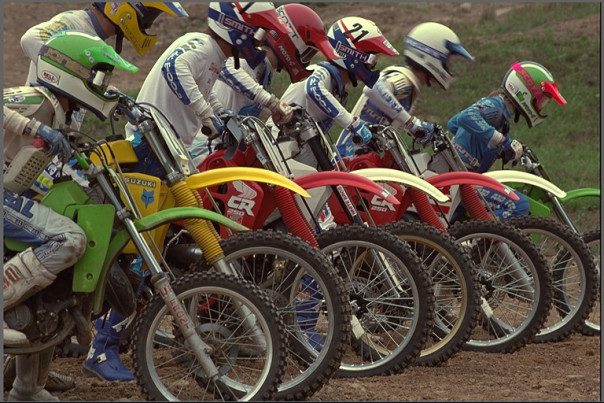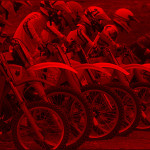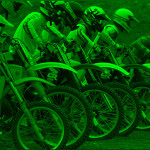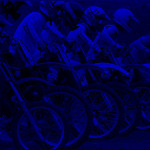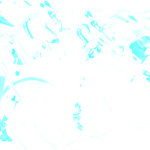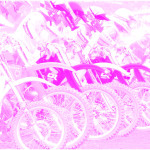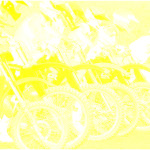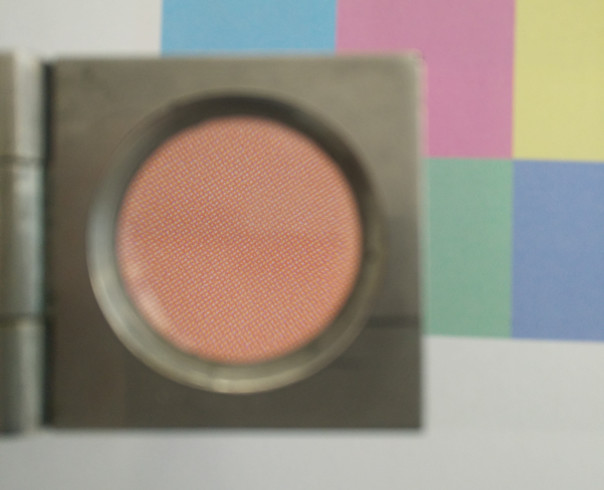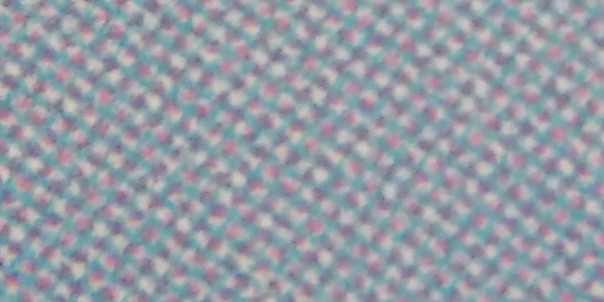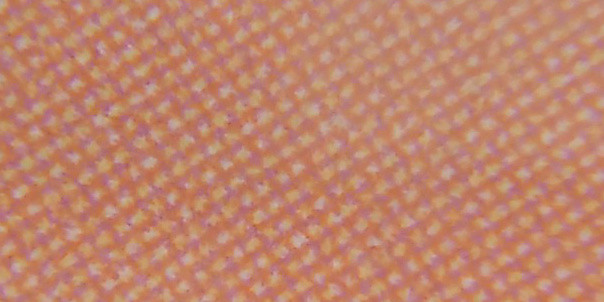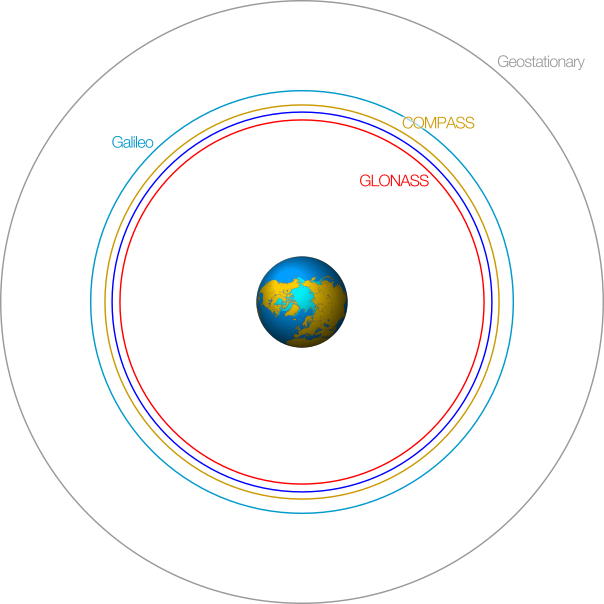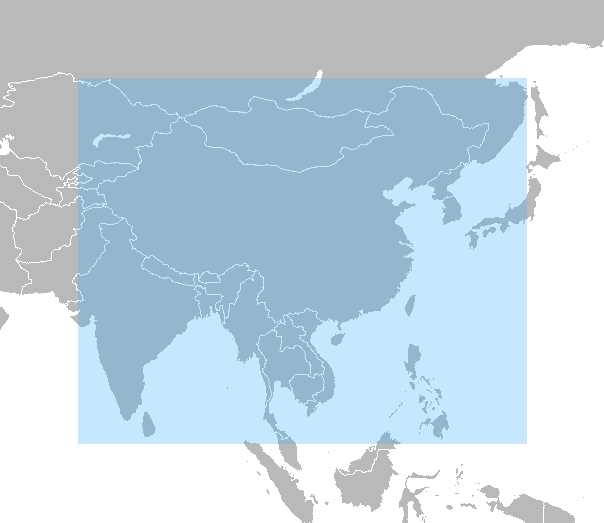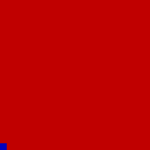Adjectives in English follow a certain order. This is why “That’s a beautiful white house” sounds correct, but “That’s a white beautiful house” does not.
The order of adjectives begins with opinions: “beautiful”, “nice”, “great”, etc.
It’s a great car.
After opinions comes size: “big”, “small”, “long”, etc.
It’s a great small car.
It’s a small great car.
After opinions and size comes age: “new”, “old”, “ancient”, etc.
It’s a great small old car.
It’s an old great small car.
(Apologies for how clunky the sentences get beyond here. In English you don’t normally describe objects with quite so many objectives!)
After opinions, size and age comes shape: “rectangular”, “circular”, “boxy”, etc.
It’s a great small old curvy car.
It’s a curvy great small old car.
After opinions, size, age and shape comes colour: “red”, “blue”, “green”, etc.
It’s a great small old curvy blue car.
It’s a blue great small old curvy car.
After opinions, size, age and shape come materials: “leather”, “brick”, “wood”, etc.
It’s a great small old curvy blue metal car.
It’s a metal great small old curvy blue car.
After opinions, size, age, shape and material comes (geographical) origin: “British”, “Spanish”, “Roman”, etc.
It’s a great small old curvy blue metal British car.
It’s a British great small old curvy blue metal car.
Finally, after opinions, size, age, shape, material and origin comes purpose:
It’s a great small old curvy blue metal British racing car.
It’s a racing great small old curvy blue metal British car.
Any combination that doesn’t have the adjectives in the correct order ends up looking weird.
It’s a fantastic big new red American house.
It’s a fantastic American big new red house.
It’s a big new American red fantastic house.
It’s a red fantastic American big new house.
It’s an American new red big fantastic house.
Not all languages use an order for adjectives. For example, in Polish it doesn’t matter what order the adjectives are in: “What a wonderful small blue bag!” and “What a blue small wonderful bag!” would sound just as “correct” as each other.
